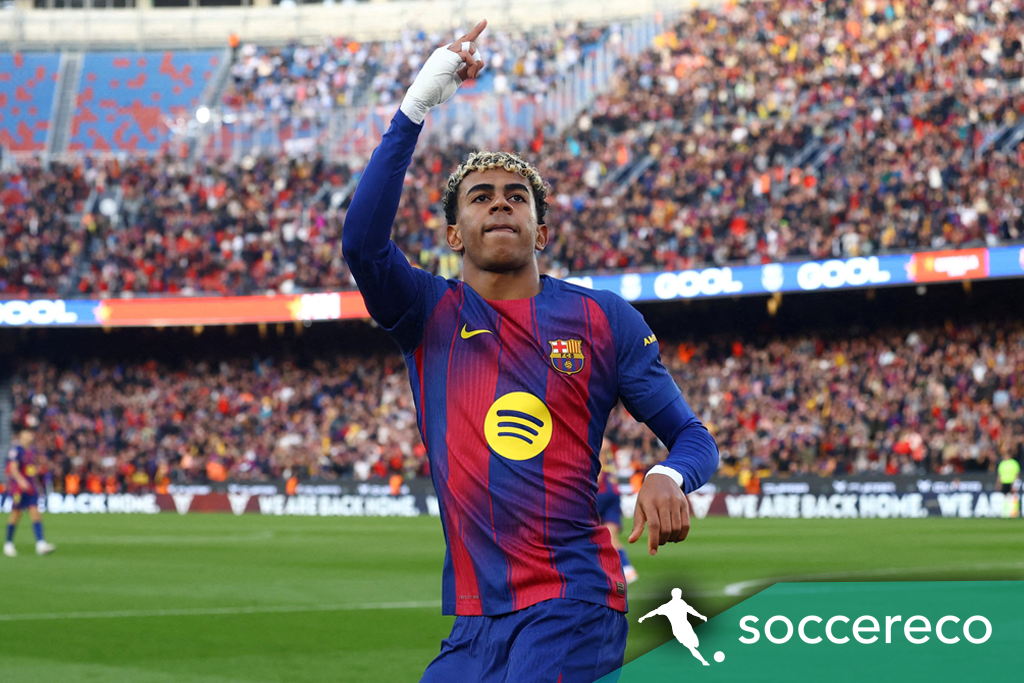UEFA has given AC Milan the green light to play their home match against Como in Australia. The move is expected to generate several million for both clubs.

Because the opening ceremony of the Olympic Games is scheduled for San Siro, AC Milan’s home fixture against Como had to be moved regardless of other options.
Rather than settling for a nearby Italian venue, the clubs opted for a strategic pivot and chose to stage the match in Perth, the fourth-largest city in Australia. The decision combines necessity with ambition. It solves an immediate scheduling problem while opening a door to new audiences, new revenue, and a test case for how Italian football can travel.
Financially, the deal is substantial. Reporting in Italy indicates that authorities in Western Australia are prepared to commit around twelve million euros to host and promote the match, viewing it as a marquee event that can fill hotel rooms, drive domestic tourism to Perth, and broadcast the city’s skyline and stadium to international viewers. After operational costs, the projection is that eight to nine million euros will flow to the competing clubs. As the designated home team, Milan stands to receive the larger share, which provides a timely influx of funds that can support squad planning, infrastructure, and commercial projects. For Como, newly returned to Serie A, the windfall is strategically significant. It can underwrite parts of their top-flight consolidation, from training-ground upgrades to targeted recruitment that adds depth without jeopardizing financial stability.
The league’s calculus is broader than a single balance sheet. Serie A is acutely aware that its global footprint, while strong, must grow to keep pace with rivals. Australia is attractive for several reasons. The country has a sizable and engaged football community, a significant European diaspora, and sports infrastructure that routinely hosts international events. The local time zone creates distinct broadcast windows that can be marketed to regional networks across Oceania and parts of Asia. A competitive league match in Perth can serve as both a promotional anchor and a proof of concept for how Serie A can export its product without sacrificing quality on the pitch.
On the operations side, the move is complex. It requires detailed coordination on travel, recovery, and match readiness. Clubs will plan charter flights, tailor nutrition and sleep schedules to mitigate jet lag, and design a training microcycle that protects players from soft tissue injuries. The medical and performance staffs become as central to the outcome as the tactical plan. Coaching decisions might be adjusted to reflect the travel load, with substitutions mapped out to keep workloads appropriate and reduce risk for players returning from international duty. The matchday staff will also work closely with local organizers on pitch maintenance, locker room configuration, and broadcast technology to ensure that the match meets Serie A technical standards.
Perth’s Optus Stadium, a modern multi-purpose venue with a capacity above 60,000, is expected to be the stage. The organizers are likely to build a full week of activation around the game. That typically includes open training sessions, youth clinics with academy coaches, sponsor fan zones, and community events that connect the clubs to local supporters. For Milan, whose brand is among the most recognizable in world football, this is an opportunity to deepen commercial partnerships in the Asia-Pacific region, grow official supporter clubs, and sell merchandise that often sees a spike when a team visits a distant market. Como, with new momentum following promotion, can introduce its identity and project to a new audience, gaining visibility that domestic fixtures alone might not deliver.
There is also a broadcast and media dimension. International rights holders will receive a compelling storyline that blends elite European football with an unusual location. Pre-match coverage can package scenic content from Western Australia with player interviews and tactical breakdowns. Digital teams will lean into short-form content, behind-the-scenes travel vlogs, and interactive features that allow fans in Italy and Australia to share the experience in real time. For the league, data captured from ticketing, viewership, and social engagement will inform future decisions about international events.
The decision has, inevitably, sparked debate among supporters. Traditionalists argue that a home league match should be played in the club’s region, preserving the social and cultural link between team and local community. Others counter that this is an exceptional case triggered by the Olympic ceremony at San Siro and that the financial and strategic upside justifies a one-off relocation. Clubs and the league have sought to address concerns by offering travel packages for members, priority access to future home fixtures, and exclusive events at the stadium to recognize the fans who would otherwise have attended in Milan.
From a competitive standpoint, fairness is a recurring theme. While Milan loses the typical benefits of playing at San Siro, the matchday designation as home team remains, including commercial entitlements and revenue share. Referee selection, VAR operations, and disciplinary procedures will follow standard protocols to safeguard sporting integrity. Security planning will be extensive, with local authorities collaborating on crowd management, team transport, and emergency response. Environmental considerations are part of the picture as well, with event partners likely to invest in carbon offsetting or local sustainability projects to counterbalance long-haul travel emissions.
Looking ahead, the Perth experiment may influence how Serie A approaches global outreach. If the event sells out, drives strong TV ratings, and produces measurable commercial lift, it could encourage a more formal framework for occasional overseas fixtures when circumstances demand relocation. That does not mean a wholesale shift of the calendar but rather a structured approach that balances tradition with growth. Friendly matches and preseason tours already serve that purpose, but a competitive fixture carries a different weight and a different capacity to capture attention.
For both clubs, the benefits extend beyond accounting. Players gain exposure to a new environment and a fanbase that may only know them from screens. Young supporters in Australia have a rare chance to see a Serie A match live, which can be formative in creating lifelong allegiance. Local youth players witness the technical and tactical level up close, reinforcing pathways and aspirations. Sponsors activate in a market that values live sport as a communal experience, which strengthens relationships and can seed future deals.
The match’s success will ultimately be judged on multiple fronts. The stadium atmosphere must feel authentic, the television production must meet global standards, the teams must deliver a compelling football spectacle, and the logistical machine must run smoothly from touchdown to final whistle. If those pieces align, Milan and Como will not only collect a significant payout. They will also help Serie A write a playbook for selective, strategically sound international staging that respects the league’s heritage while embracing a wider world of opportunity.
Updated: 04:15, 8 Oct 2025








